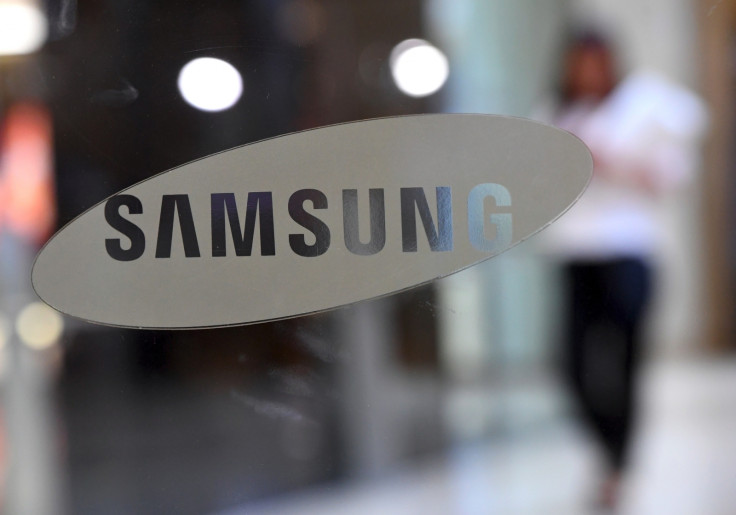Samsung, Xiaomi unveil 108-megapixel camera sensor, will record 6K video
The sensor is expected to compete with Sony's IMX range of camera sensors.
Smartphone cameras are getting better with every generation and even the amount of megapixels is increasing on a regular basis. Samsung's new smartphone sensor is expected to be the biggest leap in terms of megapixels till now and is expected to be featured on an upcoming Xiaomi smartphone.
The device will use the new version of the company's patented ISOCELL technology, which it calls ISOCELL Bright HMX. Currently, the highest sensor offered on smartphones is a 64-megapixel one. A 108-megapixel sensor would bring smartphone sensors at par with DSLRs.
The HMX sensor, which has been developed jointly by Xiaomi and Samsung is one of the largest sensors available in smartphones.
"For ISOCELL Bright HMX, Xiaomi and Samsung have worked closely together from the early conceptual stage to production that has resulted in a groundbreaking 108Mp image sensor. We are very pleased that picture resolutions previously available only in a few top-tier DSLR cameras can now be designed into smartphones. As we continue our partnership, we anticipate bringing not only new mobile camera experiences but also a platform through which our users can create unique content," Lin Bin, co-founder and president of Xiaomi stated in a press release on Samsung's website.

Mass production for the sensor will start later this month, according to the press release.
What will remain a challenge for Samsung is capturing low-light images. To resolve this, Samsung's ISO mechanism will automatically select lower ISOs in bright light and higher ISOs in dim light. But clicking 108-megapixel images will need the user to have manual controls, which will have to be enabled by Xiaomi. Along with high-resolution images, the camera will also be able to capture 6K videos at 30 frames per second with 6016 x 3384p resolution.
When it comes to low-light performance, Samsung sensors have been known to be lower-end compared to Sony's IMX sensors, which are used by most high-end smartphones. A larger chip might be a better solution for Samsung's low-light performance and might help the company's recent push towards smartphone peripherals instead of competing directly with other smartphone companies.
© Copyright IBTimes 2025. All rights reserved.




















